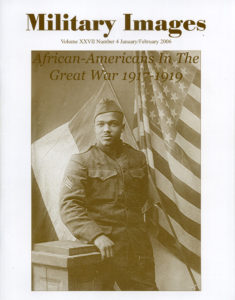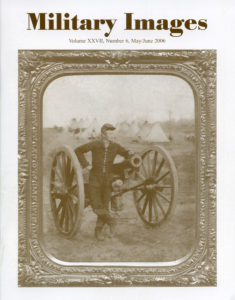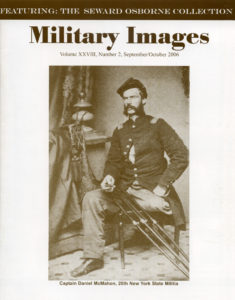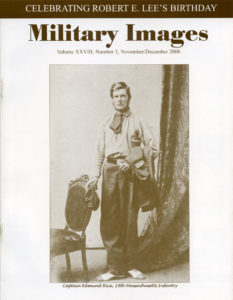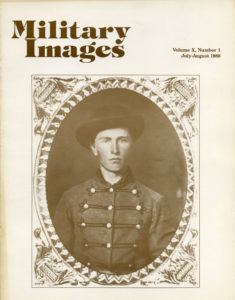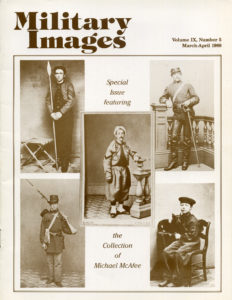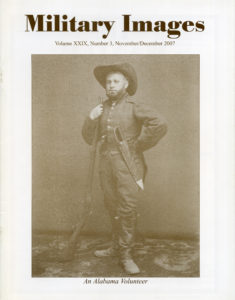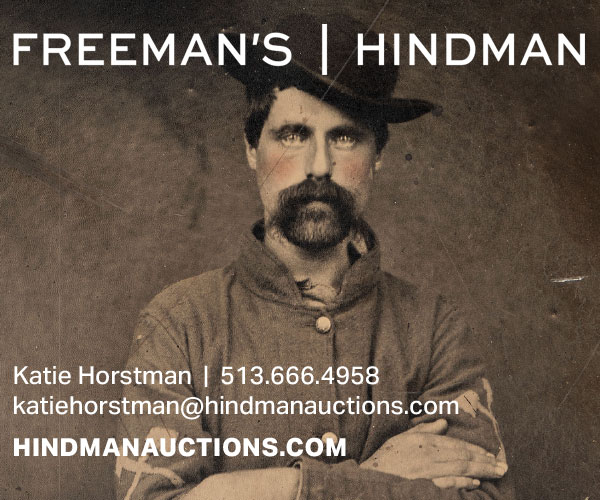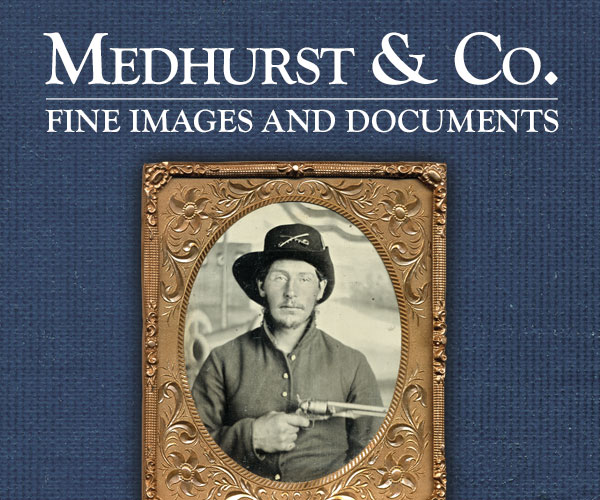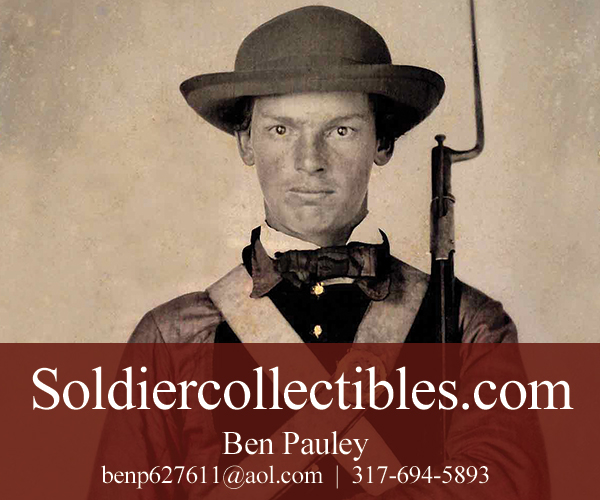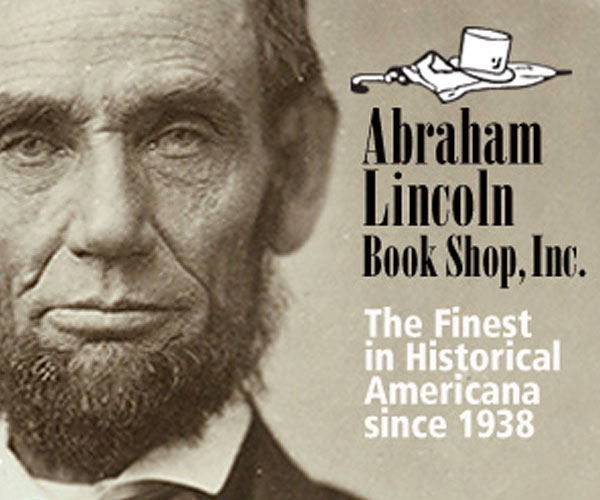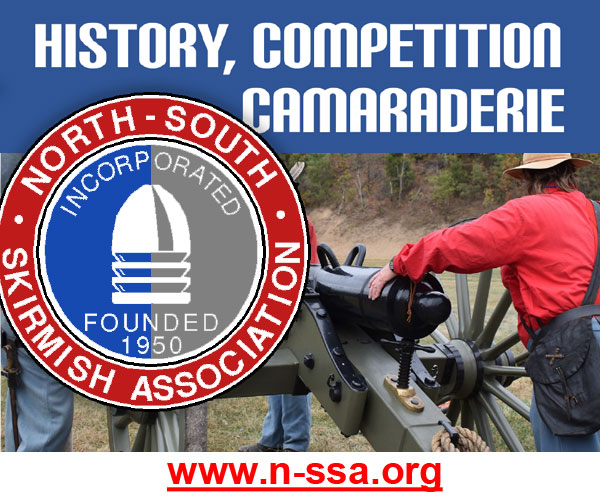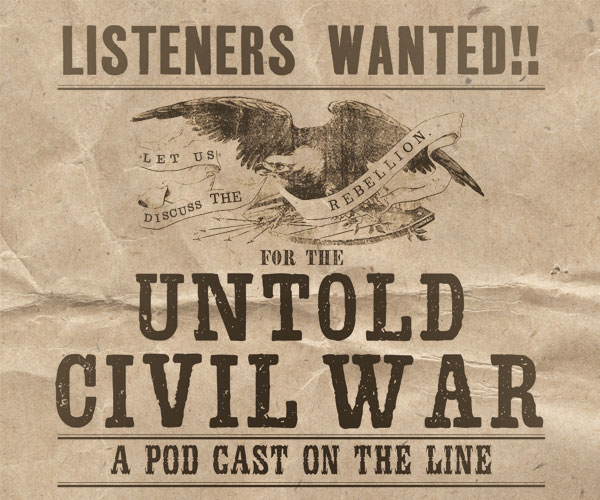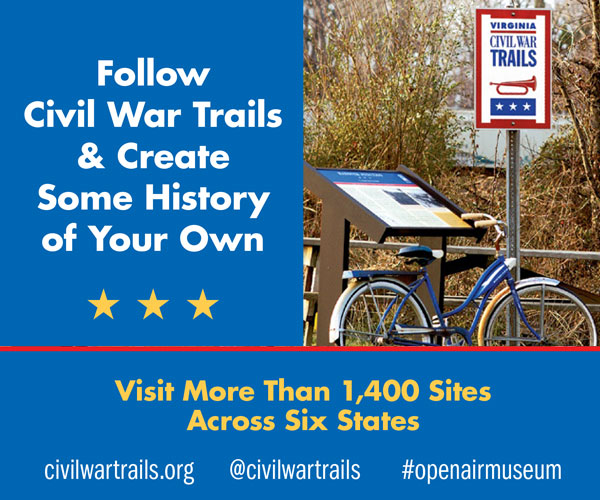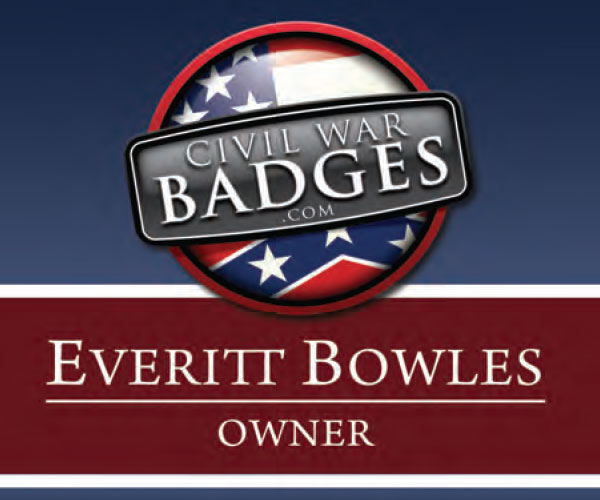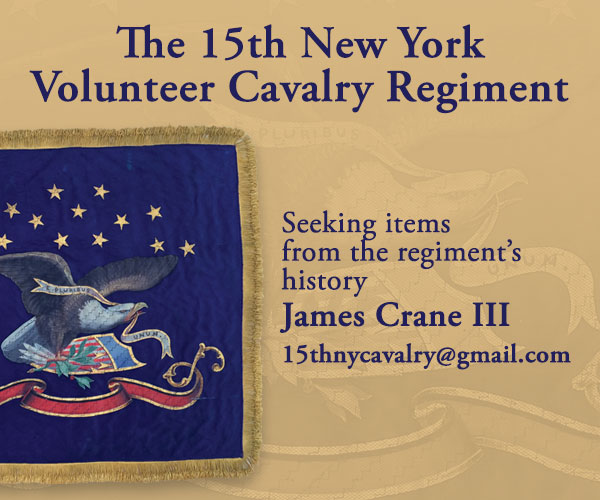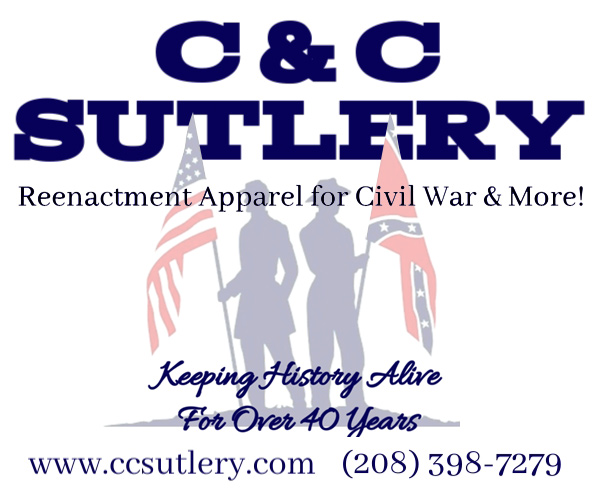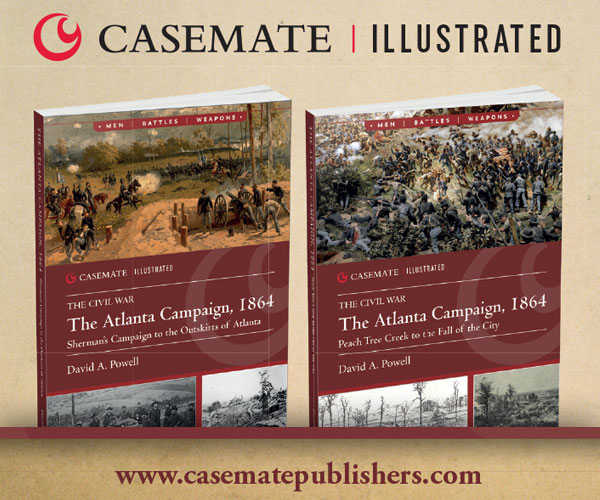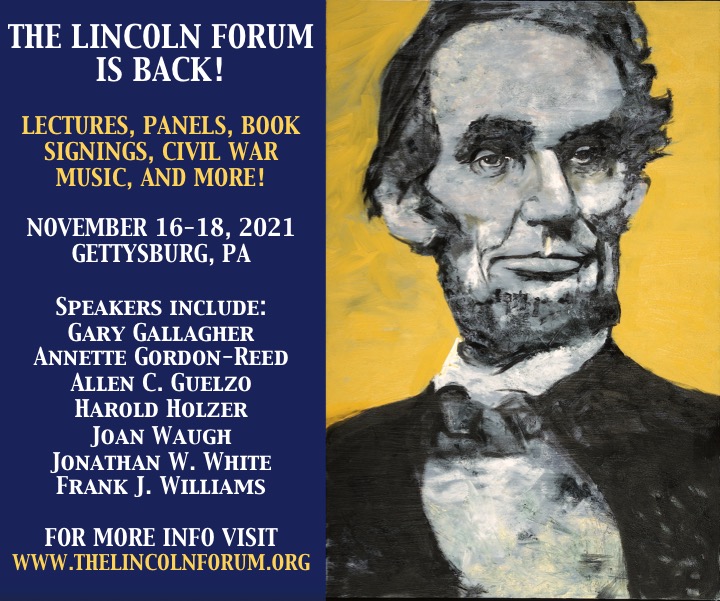The complete issue
Vol. XXVII, No. 4
(48 pages)
Print edition: Visit our store to check availability
Digital edition: Visit JSTOR.org to purchase
Subscribe to MI
Explore the MI Archives: Browse | Advanced search | Tutorial
Inside
Cover image
A real photo post card from the Bruce Jarvis collection pictures a proud American soldier posed before the Stars and Stripes and the flag of France during World War I.
Inside Cover Image
An image from the Bruce Jarvis collection is a recruiting station that includes a sign that reads, “Colored Men For Infantry, Stevedore Regt., Signal Corps, Engineer Corps.”
Table of Contents (p. 1)
Editor’s Desk (p. 2)
The editor introduces the theme for this issue, African-Americans in the Great War 1917-1919, and notes that all of the images are published here for the first time, with the exception of one photograph—the most comprehensive collection of African American World War I images published in some 87 years.
Introduction to African-Americans in the Great War 1917-1919 by Thomas William Fife (pp. 4-5)
The author notes that this is “The incredible story of the more than 400,000 African Americans who served in World War One.” He explains his interest in collecting images from the period and offers a brief history of the state of American blacks during the Jim Crow era and how the administration of President Woodrow Wilson knew it needed the support of black soldiers even though it was not friendly towards people of color. Also detailed are the divisions and other military organizations composed of African Americans. Four images illustrate the text, including a real photo post card of Martin Gordon of Clinton, Ind.
Men of the 92nd Infantry (Buffalo) Division (p. 10)
A total of seven images of soldiers, including Tom L. McDonald of the 368th Infantry, Lt. Harry Peters of Atlanta, Ga. and Lt. Wesley H. Jamison of the 351st Machine Gun Battalion.
Men of the 93rd Infantry Division (pp. 16-17)
Three images of men and soldiers, all unidentified, illustrate this section.
Jewel Crawford & the 369th U.S. Infantry “Harlem Hell Fighters” (p. 11)
Two images of Jewell Crawford of Company H are pictured, including a portrait in “my yard at home” and another photo of Crawford waving with other soldiers aboard the S.S. Stockholm on Feb. 9, 1919.
The Most Famous Band in the World: James Reese Europe & The Harlem Hellfighters Band, 369th U.S. Infantry (pp. 12-14)
Three outdoor images of the band marching and performing at Aix-Les-Baines includes two well-known figures, James Europe and Noble Sissle.
Command Performance: The “Hell Fighters Band” at Chalons-Sur-Marne, France July 4, 1918 (pp. 15-17)
A series of seven French-made real photo post cards captures the excitement of a concert performed by the famed band on Independence Day
African American Doughboys with the 372nd U.S. Infantry—the “Red Hand” Regiment (pp. 18-19)
Five images include privates George Biggs and George Vernall, Corp. Charles Richardson and friends, and another image of Richardson with Sgt. George Jordan.
“Buffalo Soldiers;” Men of the United States Regular Army (p. 20)
Three portraits include James St. Mitchell of the 24th U.S. Infantry.
African American Officers (p. 21)
Four images, including a group of officers and three portraits, are all unidentified.
African American Pioneer Infantry Regiments, Stevedore Regiments & Labor Battalions (pp. 22-23)
A total of six portraits include men of Company C of the 313th Service Battalion, Company I of the 815th Pioneer Infantry, Leonard Carrol of Carval and Frank S. Clay of the 10th Company of the 302nd Stevedore Regiment, Ollie Davis of Company D of the 331st Labor Battalion and Professor S. Wells of the Headquarters Company of the 803rd Pioneer Infantry.
African American Regimental Bands, Bandsmen & Buglers (pp. 24-25)
A total of five images include the bands of the 803rd and 815th Pioneer infantries and musician George Jefferson.
African Americans in the U.S. Navy (p. 26)
Three unidentified images of sailors is accompanied by a brief sketch of African Americans in the navy.
African American Studio Portraits (pp. 27-31)
A total of 20 images includes privates “Strdr and McWilliams” of the American Expeditionary Force (AEF), Pvt. William R. Johnson, Pvt. William H. Hogsett, Pvt. G.A. Powell, Louis Jones, Thomas Lytle and a man named Davis of the Advanced Sector Service of Supply, Hobart Jones, Sgt. General T. Holman and Sgt. John D. Jones and Charles Brown of Champaign, Ill.
Armed & Ready to Meet the “Boche” (pp. 32-36)
A total of 16 images include mostly unidentified soldiers. Four men are partially identified, Floyd Davis, J.G. Popes, William Grier and Vernon Brinkly.
In the Field At Home and Abroad (pp. 37-46)
A total of 28 images feature an array of portraits and group images. Most of the men are not named. Identified soldiers include Sgt. Hez Everett and Sgt. E.E. Ross.
Sutler’s Row (p. 47)
The Last Shot (p. 48)
An image of a motorcycle dispatch rider on his Harley-Davidson with sidecar is from the John Sickles collection.
